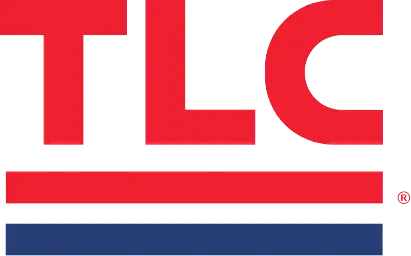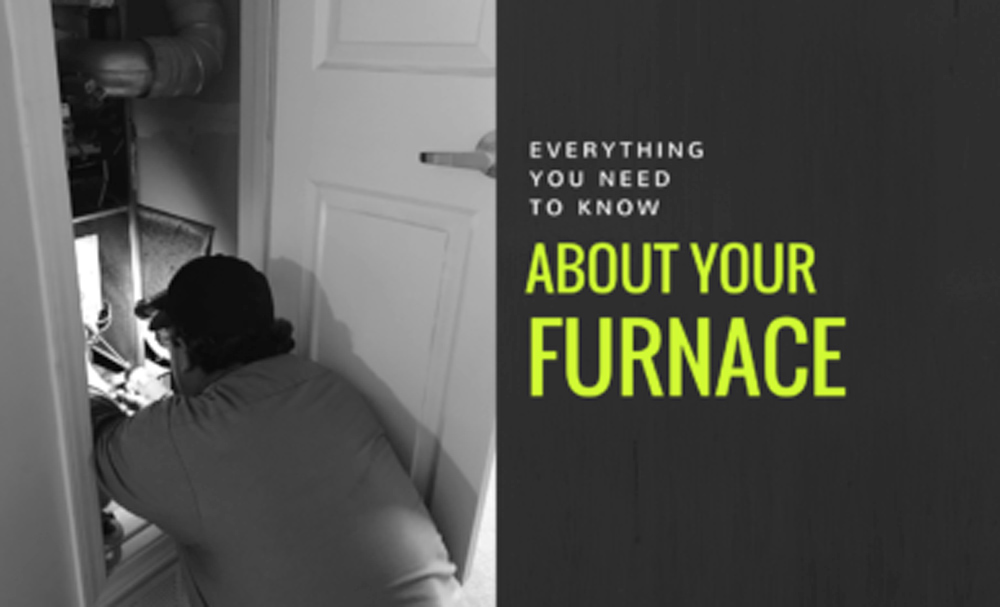Being a knowledgeable homeowner empowers you to make informed decisions about your home, so it’s important to know the basics about your furnace. According to energy.gov, “heating is the largest expense in the average U.S home, accounting for about 45% of energy [costs].” Knowing more about your furnace will help keep your furnace running well, saving you time and money. It can also help you troubleshoot or know when it’s time to call a professional.
Types of Furnaces:
Your furnace is the heat source for your home, but how the heat is distributed throughout your home can vary. The most common heat distribution methods in New Mexico are forced air furnaces, floor furnaces and wall heaters.
- Forced Air Furnace: This is the most common type of heat source in New Mexico. After setting the desired temperature on your thermostat, your furnace will kick on when it drops below that set temperature point. Cold air in the home is pulled into a vent that passes through an air filter, helping to remove allergens like dust or pollen. The air then blows through the air handler where it is warmed by the furnace’s heat exchanger (via gas combustion) and then the blower motor sends the warmed air through your home via ducts and vents.
- Floor Furnace: A floor furnace is known as a radiating furnace. It’s usually in a fixed location and they are usually found in older homes. These types of heaters don’t require ductwork, so this can be a cost effective choice for some homeowners, although not necessarily the most effective heating method for your home.
- Wall Furnace: A wall heater is also a type of radiating furnace that is found in a fixed location on your wall. Wall heaters can either be vented or ventless. Vented heaters use the oxygen from the outside to carry on the combustion process. On the other hand, ventless wall heaters draw oxygen for combustion from the air in the room. Heated exhaust is then vented directly back into the room by either convection or radiant heating. Wall furnaces need to be inspected each year.
Basic Components of a Heating System
For those unfamiliar, heating systems have three main components (and if you are experiencing heating problems, chances are one of these three things could be the issue).
- Heat source: the most common is the furnace, but there are also boilers or heat pumps (which use warm air or water to heat the house), also known as radiant heat. Heat pumps are uncommon to see in New Mexico.
- The heat distribution system: This is how the heat moves throughout your home – it usually uses ductwork and vents throughout the house.
- The control system: this is how you control the temperature settings in your home and it regulates the amount of heat that is distributed. Most people have a thermostat for this.
Understanding Your Internal Furnace Parts:
- Thermostat: This device is the control system for you home’s temperature. A temperature-activated switch tells a control board inside the furnace to start the heating cycle by turning on an ignition switch.
- Draft/Hood Fan: Air is pulled into the burners and mixes with natural gas (most common type of fuel source in NM) to create combustion. The fan directs the heat from the burners into the heat exchanger where harmful, exhaust gases, like carbon monoxide (CO), are vented outside.
- Burners: Furnace burners are a set of tubes where gas is directed to and then burned. A gas valve, igniter, and flame sensor all work together to control the flames. When your thermostat signals your heater to turn on, the gas valve open and the mixture is ignited. The flame sensor acts as a safeguard that will shut off incoming gas if the flame isn’t present. Dirty burners and flame sensors are common repairs we often see.
- Heat Exchanger: The burners heat a series of metal tubes in order to warm the air that is being pulled into the furnace. Any damage to a heat exchanger could let gases like CO leak into the house, which is why having a carbon monoxide detector is important to have in your home (we’ll cover more about this below).
- Blower: The blower fan will direct air that comes from the return ducts into the hot heat exchanger. The heated air is then blown throughout the home’s ductwork.
- Flue: A flue vent collects the combustion gases used to create heat and send them outside of your home.
Why Does this Matter?
Furnace Life Expectancy
Most furnaces’ life expectancy is about 15 years, but it really depends on where you live and how often you use it. Generally speaking, a furnace will go through one million on and off cycles within 15 years…that’s a lot of usage! Every time a furnace is turned on, the metal expands and contracts as it heats and cools. After doing this over a million times, the metal becomes prone to cracking – whether it’s a cracked welding seam or a cracked heat exchanger. If you’re not sure about the age of your furnace, you can check the serial number for reference.
Being proactive is extremely important, because waiting until your furnace is cracked to replace it could cause carbon monoxide to leak into your house and make you and your family sick. Carbon monoxide is poisonous and can be deadly. This gas is odorless and has been called the “silent killer.” Please review our safety information to learn more about the dangers if you smell gas you need to get out of your house immediately. If you have called the Gas Company because of gas smells and they found the cause was your furnace, they can shut it down and require a licensed HVAC repairman to fix or replace it before you can use your furnace again.
If you find yourself with a broken furnace, it’s important to get it replaced right away (usually within 1-3 days). You can also read our article, “How Do I Know When It’s Time To Replace My Furnace,” if you’re unsure whether your furnace is nearing the end of its life or not.
What’s the Bottom Line?
Furnace Maintenance: What You Need to Know
As a smart homeowner, you know how important maintenance is to the health of the appliances in your home. If you take care of them, they’ll last! It’s probably a good idea to have a professional come out on an annual basis to do a general inspection to make sure you are set for the winter season.
Things that Should Be Checked Each Year
- Replace your filter every three months. This is something you can do on your own
- Have your burner cleaned. This is something you need to call a professional to take do. The most common type of repair associated with burners is dust, build-up and misalignment.
- Have your blower assembly cleaned regularly. The blower is the source of pressure that moves the air through your air ducts. Even just 1/16th of dust on the blower load could throw the pressure out of balance.
- Have the flame-sensing rod cleaned. We often see this as a common issue because people have not had this cleaned regularly. The furnace will turn on and off, but doesn’t stay on. It cycles to attempt to start the furnace, but will shut off as a safety precaution. You can avoid common repairs with a simple furnace inspection.
Common Furnace Repairs
If you have a 10 year-old furnace, and the repairs are quoted for over $500, then you should probably consider replacing your furnace. If you’re looking to purchase a home, see if you can get a history of maintenance as it can help you better understand the furnace’s condition. Below we’ve name the most common repairs that we see associated with furnaces.
- Gas valve replacement
- Thermocouple
- Dirty Flame Sensors
- Blower Motor Problems
- Inside Blower
- Control Boards
We Can’t Emphasize This Enough
Furnace Safety
Carbon Monoxide Detectors: It’s very important that if you have a gas furnace, that you also have a carbon monoxide detector. You’ll want to place a detector on every floor of you home about five feet from the ground near every sleeping area. Certain levels of CO can be toxic and even cause death in some cases. CO is a poisonous gas produced by the incomplete burning of carbon-based fuels (like natural gas). Some beginning symptoms of CO poisoning include headaches, dizziness, weakness, disorientation, nausea and vomiting to name a few. You can easily purchase a detector at your local home improvement store or online.
Adjust for Altitude: Gas burners are made to run at sea level since just 10% of the United States population lives at altitude. Here in New Mexico, where the oxygen is thinner, you’ll need to have the gas pressure adjusted to allow your furnace to run correctly. If the gas pressure is not properly calibrated, then CO levels increase in your home. Because we have less oxygen at altitude, it means that we need less gas for combustion. Having the incorrect gas pressure could also significantly decrease the life expectancy of your furnace.

Knowing a little more about your furnace helps you make better decisions as a homeowner and can also help keep your family protected. You can always call your local heating company to do an evaluation if you’d like to better understand the health of your furnace. TLC offers Preventative Maintenance Options to help you keep your home heating and cooling system working in tip-top shape. Our preventative maintenance service gives you peace of mind knowing that your system is working properly and safely. If you have any other questions, please ask our professionals.

